At Van Loon Group, we believe in the power of collaboration and innovation to make the future of pig farming even better. An important project that fits perfectly into this vision is the Tail Challenge. This project, supported by the European Innovation Partnership (EIP) and co-financed by the European Union, aims to improve the welfare of pigs by stopping the practice of tail docking.
Our ambition: 100% long tails by 1 June 2026
The Dutch pig farming industry aims to stop tail docking by 2030. The Tail Challenge project, which runs from 1 June 2024 to 1 June 2026, offers seven pig farmers the opportunity to gain experience in keeping pigs with long tails. The aim is to achieve 100% long tails by the end of the project. This will be done under professional supervision, which will also map the variations in the cost increase of uncut pigs. This information is important for developing a sustainable pricing model for pork from pigs with long tails.
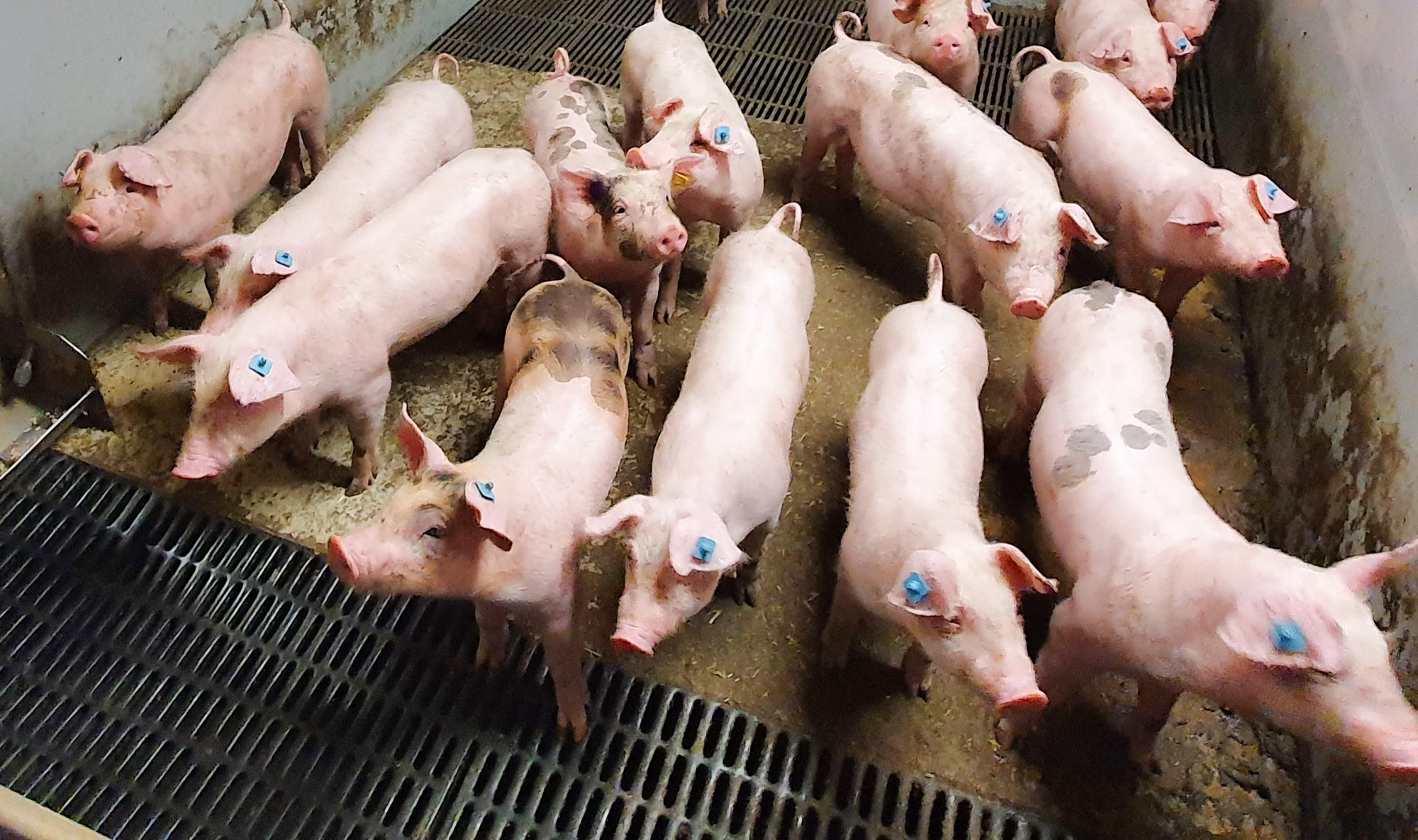
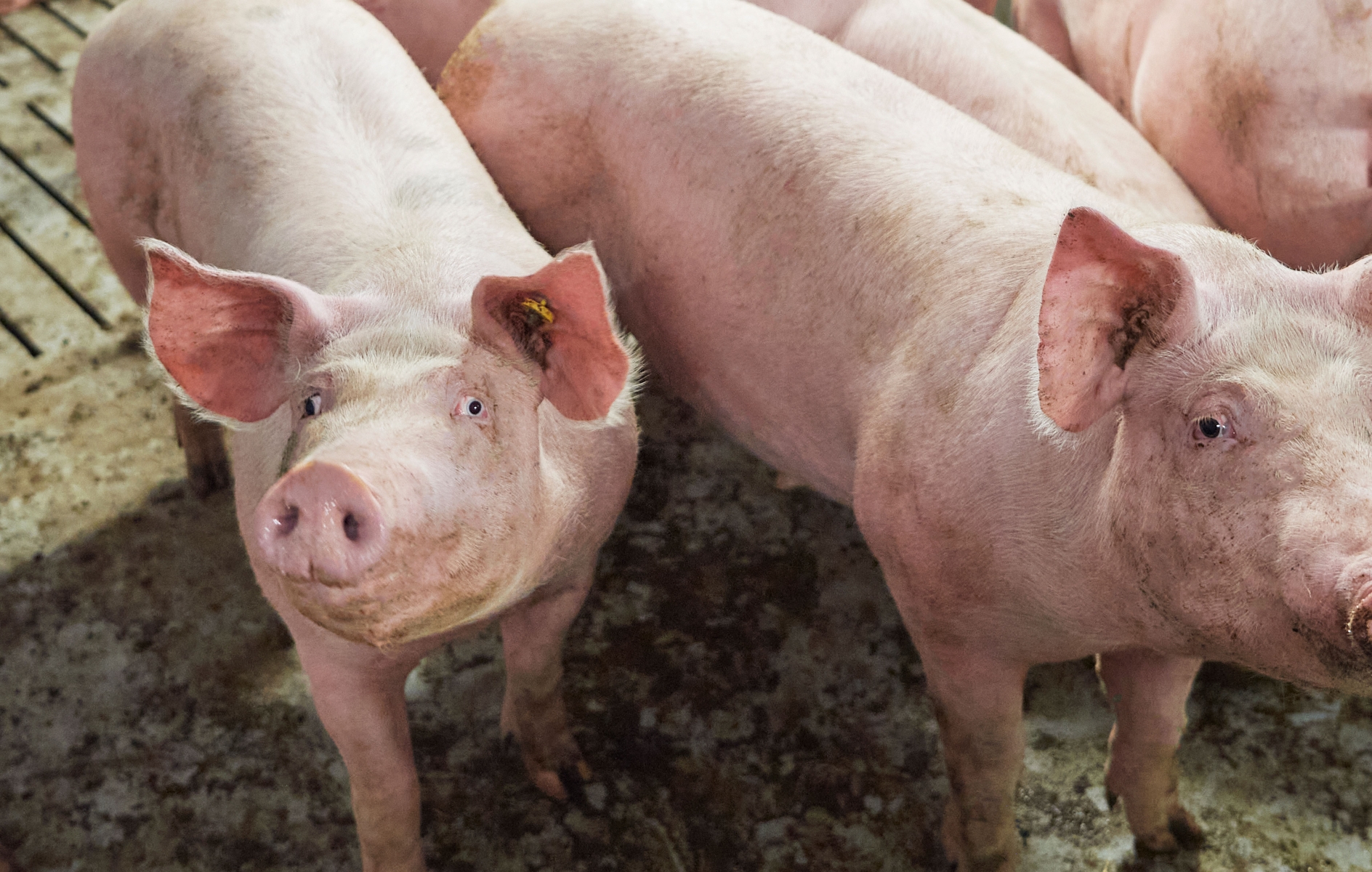
A two-pronged approach
The Tail Challenge project focuses on two core issues. (1) The financial barrier to necessary operational and management changes is lowered, thereby shortening the payback period for a business investment. This financial support makes the transition to keeping pigs with long tails more financially viable for pig farmers. (2) Coviva's curly tail roadmaps are used to gain and share knowledge about keeping pigs with uncut tails. At the same time, the variation in cost increases is made transparent, which is necessary to develop a future-proof pricing model for pork with long tails.
Creating a successful market concept
The aim of the Tail Challenge is to develop a successful market concept for Dutch consumers, consisting of meat from pigs with long tails. It is important that the improvement in welfare for the pigs, by avoiding procedures such as tail docking and castration, does not lead to welfare or health problems such as tail biting, nor to loss of income for the pig farmer.
‘A successful market concept consisting of meat from pigs with long tails.’
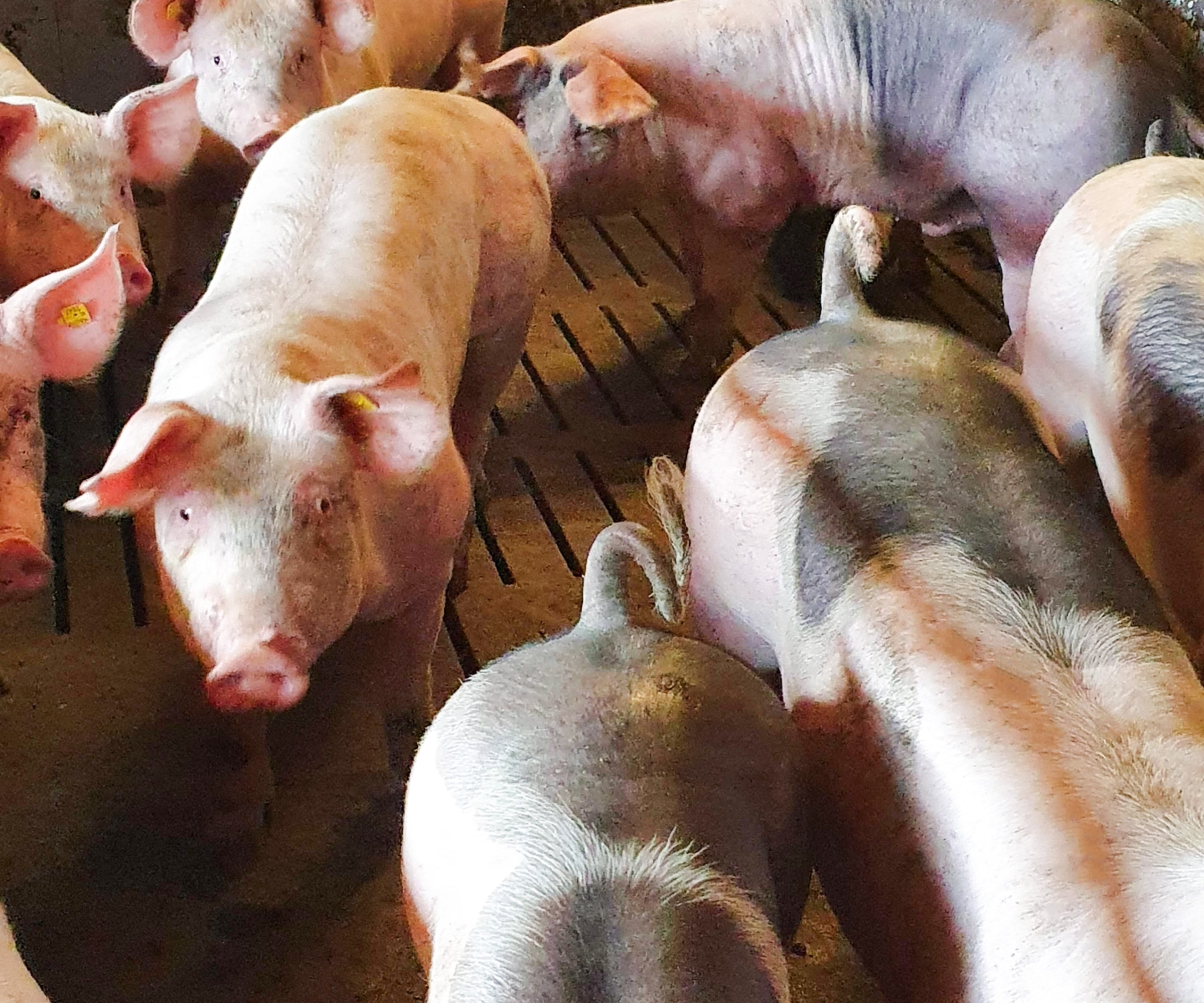
The project in action
Various activities are being undertaken to achieve the Tail Challenge objectives. The project is developing tools to reduce risk factors for tail biting and to identify discontent in the barn so that swift action can be taken, with the aim of successfully keeping 100% of pigs uncut. Tail length and damage will be measured and evaluated to improve animal welfare. In addition, the Tail Challenge analyses the costs of uncut pigs. Knowledge, experiences, results and insights gained will be shared with the chain and stakeholders within and outside the pig sector.
Collaboration
The Tail Challenge project is a collaboration between Best Star Meat Pork B.V. (lead partner), slaughterhouse Compaxo Zevenaar Vlees B.V., and seven pig farms. By working together, we can realise innovations that contribute to more animal-friendly pig farming and a more sustainable future for the entire sector.
We look forward to the results of the Tail Challenge and remain committed to a sustainable and animal-friendly future. Keep an eye on our website for updates on this and other innovative projects.
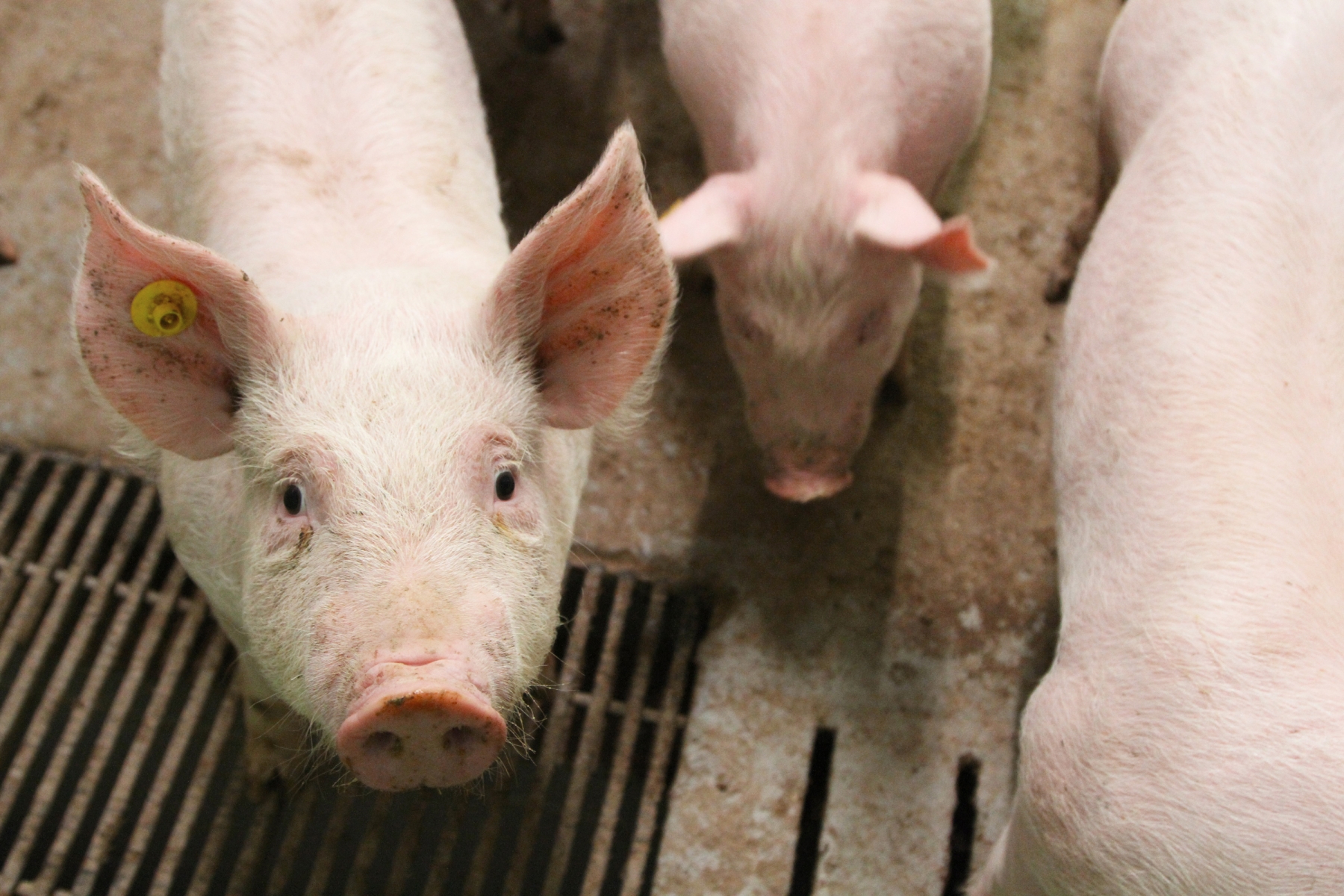
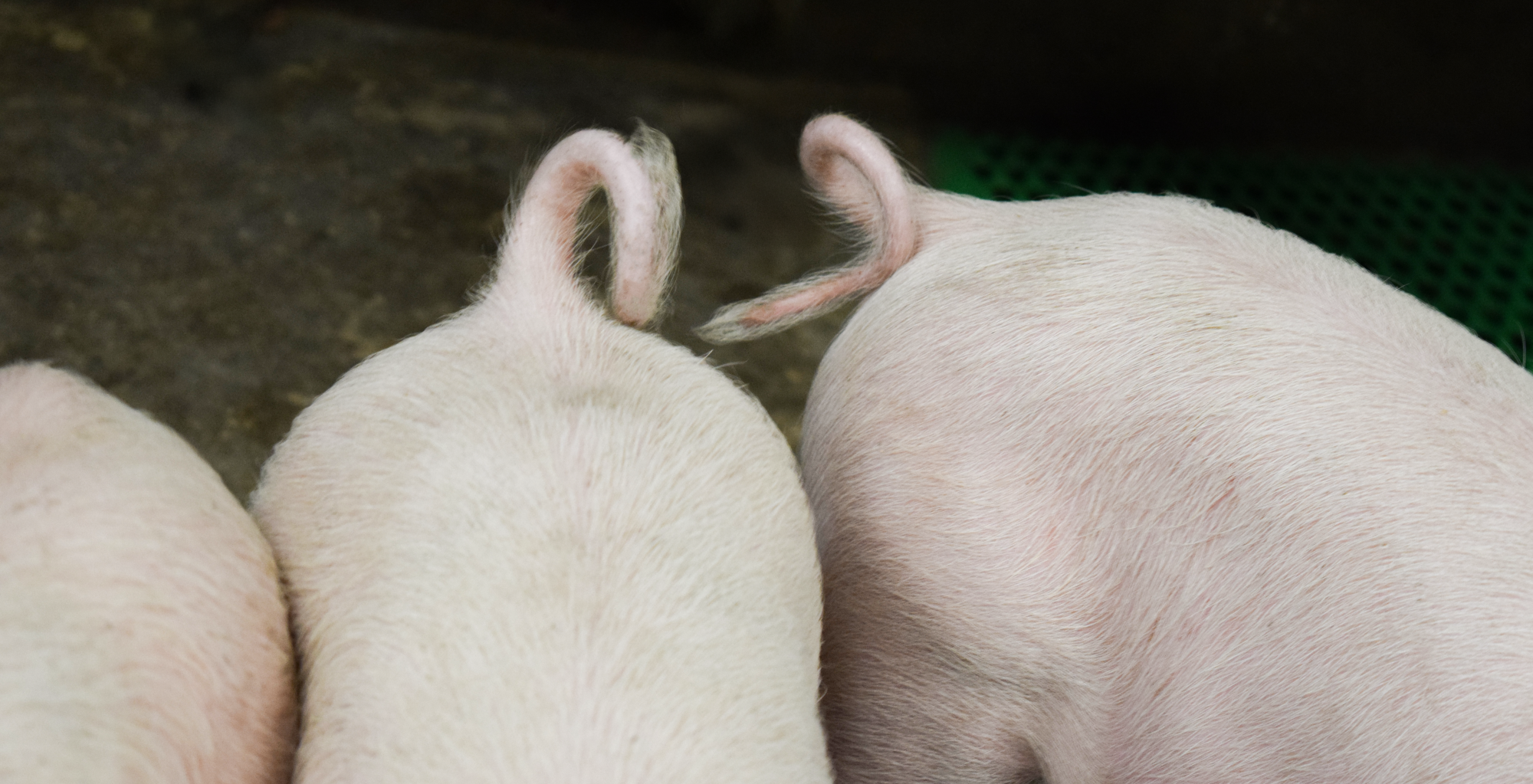
Project update 26-02-2025
The Tail Challenge project has now been running for over six months. Important steps have been taken. Welfare specialist Ilonka van der Wagt has visited all participating companies to identify risks and motivations. Companies have implemented various changes, such as offering feed and water separately, creating more feeding places and experimenting with pen enrichment. In addition, progress is being monitored by measuring tail scores using the Coviva method. Discussions with slaughterhouses about tail length and damage have started, and the first tests have been carried out. During a recent meeting with the NVWA, the Ministry of Agriculture, Nature and Food Quality and POV, the transportability of pigs in relation to the phasing out of tail docking by 2030 was discussed. This consultation gave pig farmers insight into the policy process and the current assessment criteria, and practical bottlenecks were shared. Hopefully, this will lead to workable solutions for all parties involved.
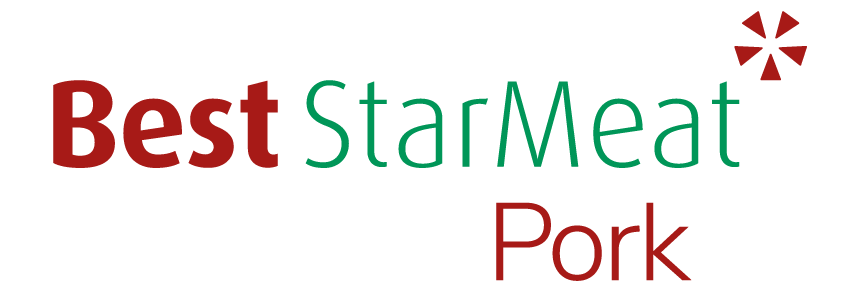
Pen holder

Co-funded by the European Union